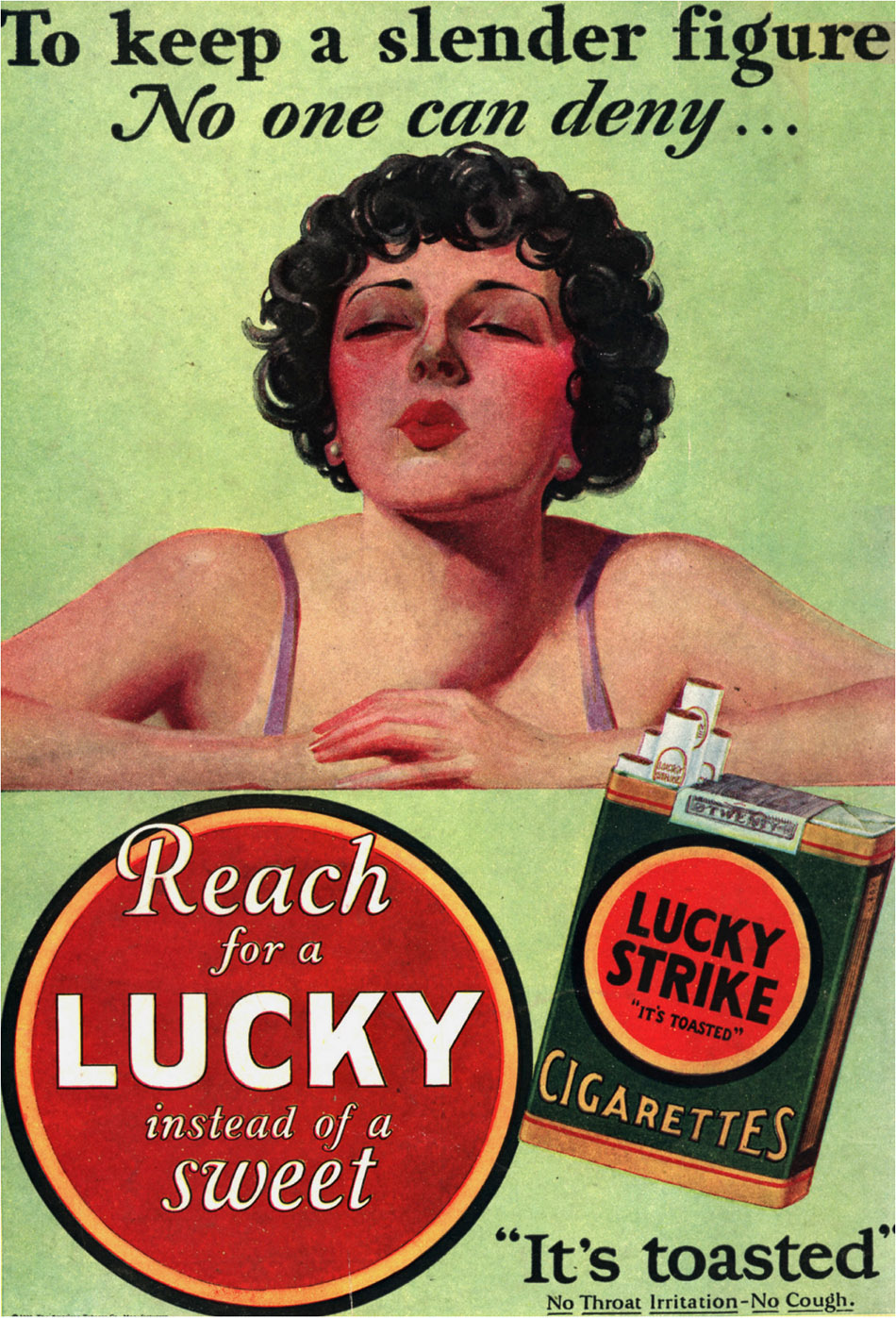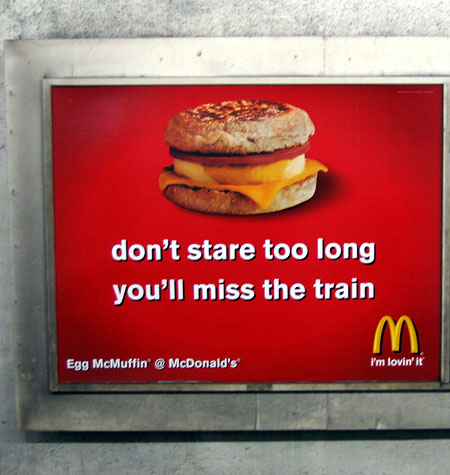Incomplete Manifesto for Growth – Bruce Mau Design 1998
[creative practice] doesn’t just straighten and clarify the world, it reflects the world as we venture beyond problem solving into process, experiment and discovery
Martin Venezky
Ideas are driven by your research, because my doing research you're surrounding yourself with stuff that's related to your subject. Random chance can be as influential as organisation, but without organisation you're less likely to be able to put yourself in a situation where random chance will influence you.
If you get your research wrong for any reason then you still have the ideas generated from that research in your head as well as the ideas that will be generated from the research that will follow, so doing the wrong research provides benefits in the long run. Doing research right and wrong both allow you to draw links between things, which is what research is about. That said, doing research right gives you more time afterwards to concentrate on growing and realising the ideas.
Stimulated Approach
By surrounding yourself with materials that will stimulate your ideas, you put yourself in a position where you can draw links between your ideas and improve them.
Systematic Approach
Planning ahead what processes you're going to go through with your ideas can inform your ideas and give you more time to refine them.
Intuitive Approach
Your process takes place automatically without it necessarily being evoked, just pulling ideas from no-where and seeing where it takes you.
Research: The process of finding facts. These facts will lead to knowledge. Research is done by using what is already known. A process of finding out by asking the questions, 'How?', 'Why?' 'What if?'. It involves collecting information about a subject from a variety of sources including books, journals and the internet, or by carrying out experiments or talking to people and the analysis of this information.
Primary Research
Research that is developed and collected for a specific end use, usually generated to help solve a specific problem and involves the collection of data that does not yet exist.
Secondary Research
Published or recorded data that have already been collected for some purpose other than the current study or the analysis of research that has been collected at an earlier time (for reasons unrelated to the current project) that can be.
Quantitative Research
Deals with facts, figures, and measurements, and produces data which can be readily analyzed. Measurable data is gathered from a wide range of sources, and it is the analysis and interpretation of the relationships across this data that gives the information researchers are looking for.
Qualitative Research
Explores and tries to understand people's beliefs, experiences, attitudes, behaviour and interactions. It generates non-numerical data. The best-known qualitative methods of inquiry include in-depth interviews, focus groups, documentary analysis and participant observation.



.jpg)













_01.jpg)

